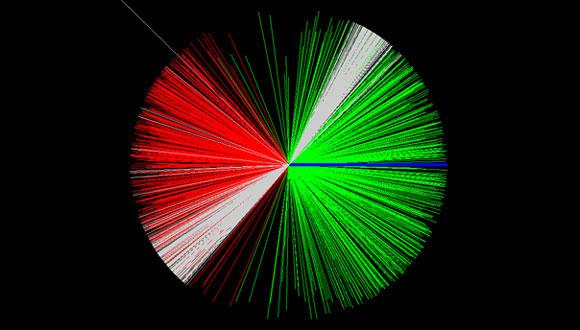Joint Seminar in Nuclear Physics
PROGRAM
14:30 - 14:45 Refreshments
14:45 - 15:45 "Removal Energies and Final State Interaction in Lepton Nucleus Scattering", Prof. Arie Bodek, University of Rochester
Abstract:
We investigate the binding energy parameters that should be used in modeling electron and neutrino scattering from nucleons bound in a nucleus within the framework of the impulse approximation. We discuss the relation between binding energy, missing energy, removal energy (epsilon), spectral functions and shell model energy levels and extract updated removal energy parameters from ee'p spectral function data. We address the difference in parameters for scattering from bound protons and neutrons. We also use inclusive e-A data to extract an empirical parameter U_FSI to account for the interaction of final state nucleons (FSI) with the optical potential of the nucleus. Similarly, we use V_eff to account for the Coulomb potential of the nucleus. With three parameters epsilon, U_FSI and V_eff we can describe the energy of final state electrons for all available electron QE scattering data. The use of the updated parameters in neutrino Monte Carlo generators reduces the systematic uncertainty in the combined removal energy (with FSI corrections) from 20 MeV to 5 MeV.
15:45 - 16:15 Coffee Break
16:15 - 17:15 "The Proton Radius Puzzle", Prof. Gil Paz, Wayne State University
Abstract:
In 2010 the proton charge radius was extracted for the first time from muonic hydrogen, a bound state of a muon and a proton. The value obtained was five standard deviations away from the regular hydrogen extraction. Taken at face value, this might be an indication of a new force in nature coupling to muons, but not to electrons. It also forces us to reexamine our understanding of the structure of the proton.
In this talk, I will describe an ongoing theoretical research effort that seeks to address this "proton radius puzzle". In particular, I will present a reevaluation of the proton structure effects, correcting 40 years of such calculations, and the development of new effective field theoretical tools that seek to directly connect muonic hydrogen and muon-proton scattering.


